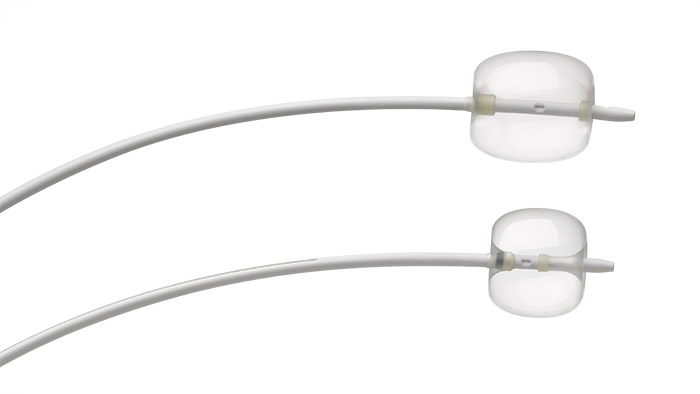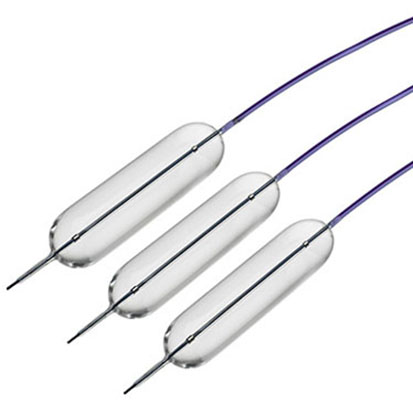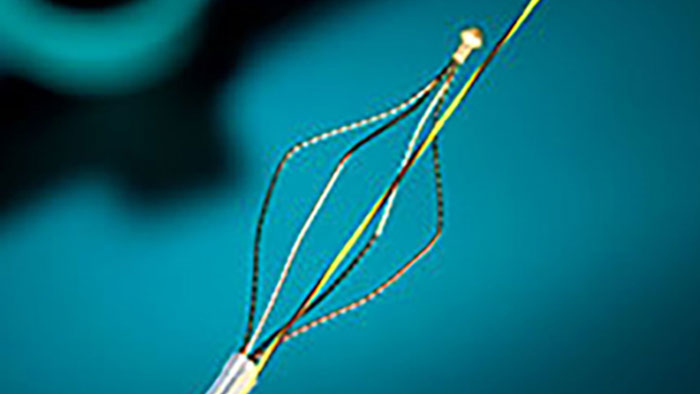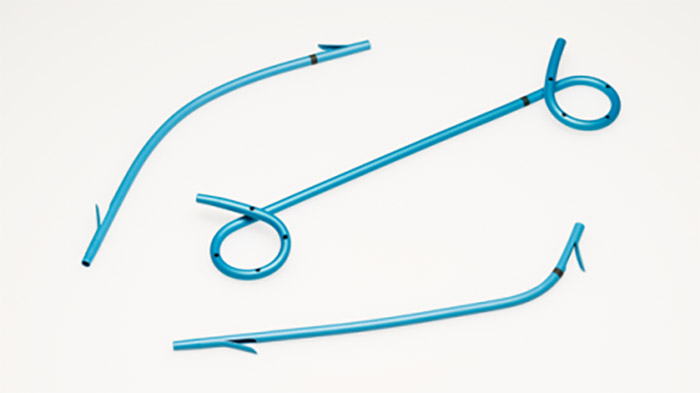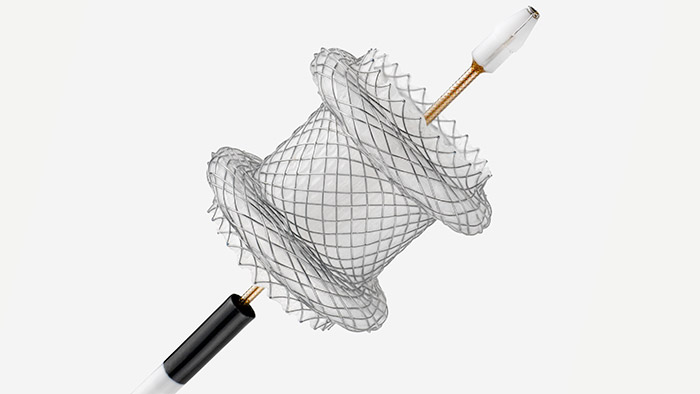Electrohydraulic Lithotripsy (EHL) with direct visualization
Leverage a powerful solution to fragment and clear difficult stones.
Cholangioscopy-assisted lithotripsy is an effective treatment for difficult bile duct stones
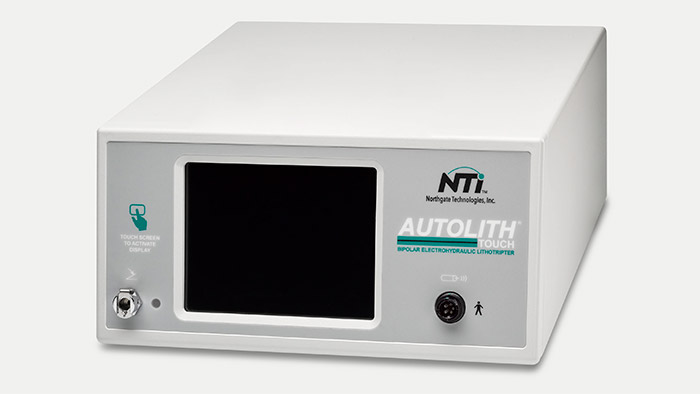
Managing difficult bile duct stones with balloon or basket catheters can be challenging. This may be due to their location (e.g., stones that are intra-hepatic or in the cystic duct), specific stone features, the anatomical characteristics of the biliary tract, or the patient’s clinical needs.1 Cholangioscopy-assisted lithotripsy with electrohydraulic lithotripsy (EHL) or laser system are effective ESGE-recommended therapeutic options for the management of difficult bile duct stones.*1
Results from a recent 2021 meta-analysis evaluating the efficacy and safety of cholangioscopy-assisted lithotripsy contribute to the body of evidence supporting this approach, which showed an overall stone fragmentation success of 95 %, a single session fragmentation and duct clearance of 82% and a rate of 4.6% for the adverse events.2
*Fragmentation of pancreatic stones is an unapproved indication for use of EHL, including the AutolithTM Touch system.
The Autolith™ Touch Biliary EHL System is designed for ease of use and efficiency
When conventional stone removal methods are not sufficient to tackle difficult bile duct stones, fragmentation with EHL may be considered as an alternative approach.3 The Autolith™ Touch Biliary EHL System is designed to provide improved patient safety, treatment efficacy, and ease of operation while achieving stone clearance.4 The system is made up of two separate components:
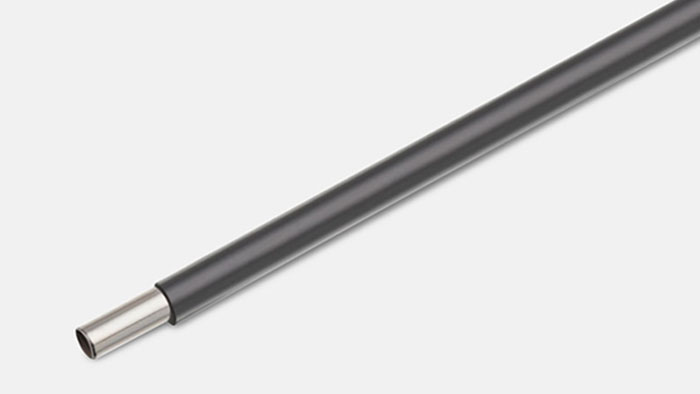

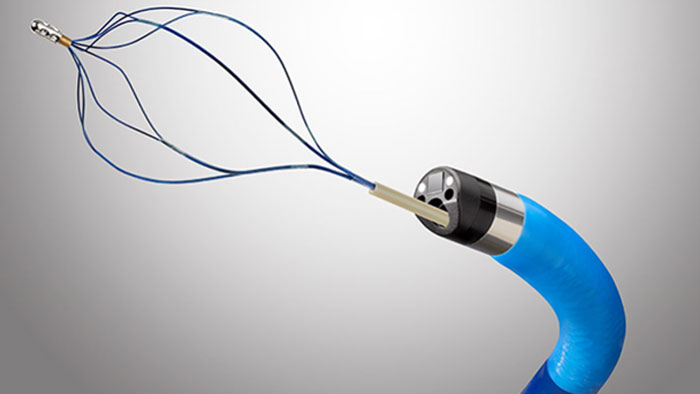
Download the brochure to learn more about the Autolith™ Touch Biliary EHL System:
Operate with clarity outside of ERCP
The SpyGlass™ Discover is the only four-way steering single-use digital catheter indicated for use in the pancreaticobiliary system including the hepatic ducts. It represents a comprehensive solution to facilitating stone clearance under direct visualization with alternative approaches, including:
- Laparoscopic cholecystectomy with common bile duct exploration (LCBDE; a BSG-recommended solution for common bile duct stone removal in patients undergoing laparoscopic cholecystectomy9)
- Percutaneous transhepatic cholangioscopy in cases of failed ERCP, altered anatomy, or in patients with peripheral stones10
In both cases, SpyGlass™ Discover can be used with the Autolith™ Touch Biliary EHL System to fragment stones and the SpyGlass™ Retrieval Basket to remove stones or stone fragments.
Explore our solutions for electrohydraulic lithotripsy with direct visualization:
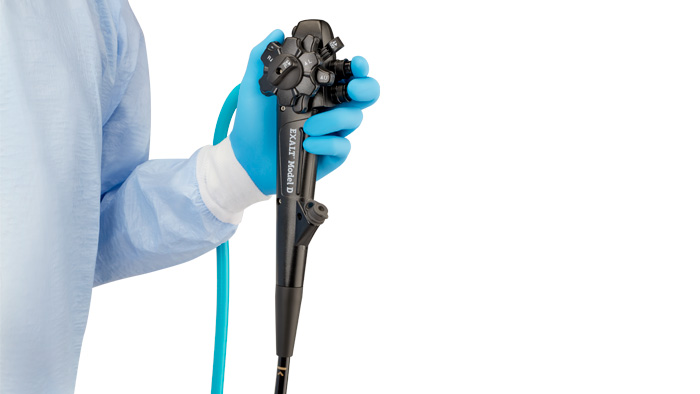
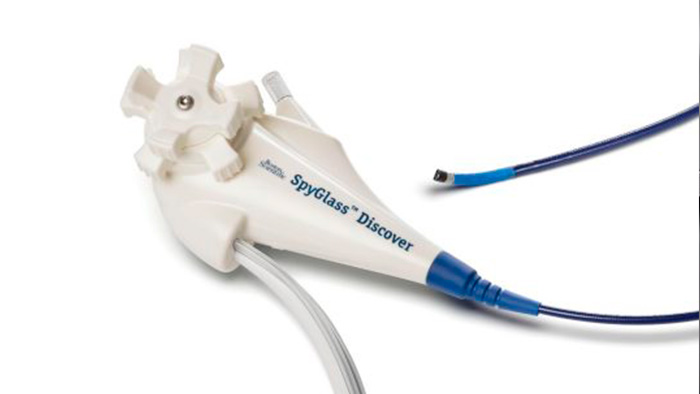

Enabling effcient and effective treatment procedures
At Boston Scientific, we work tirelessly to deliver innovative solutions that help you offer the best possible patient experience.

















